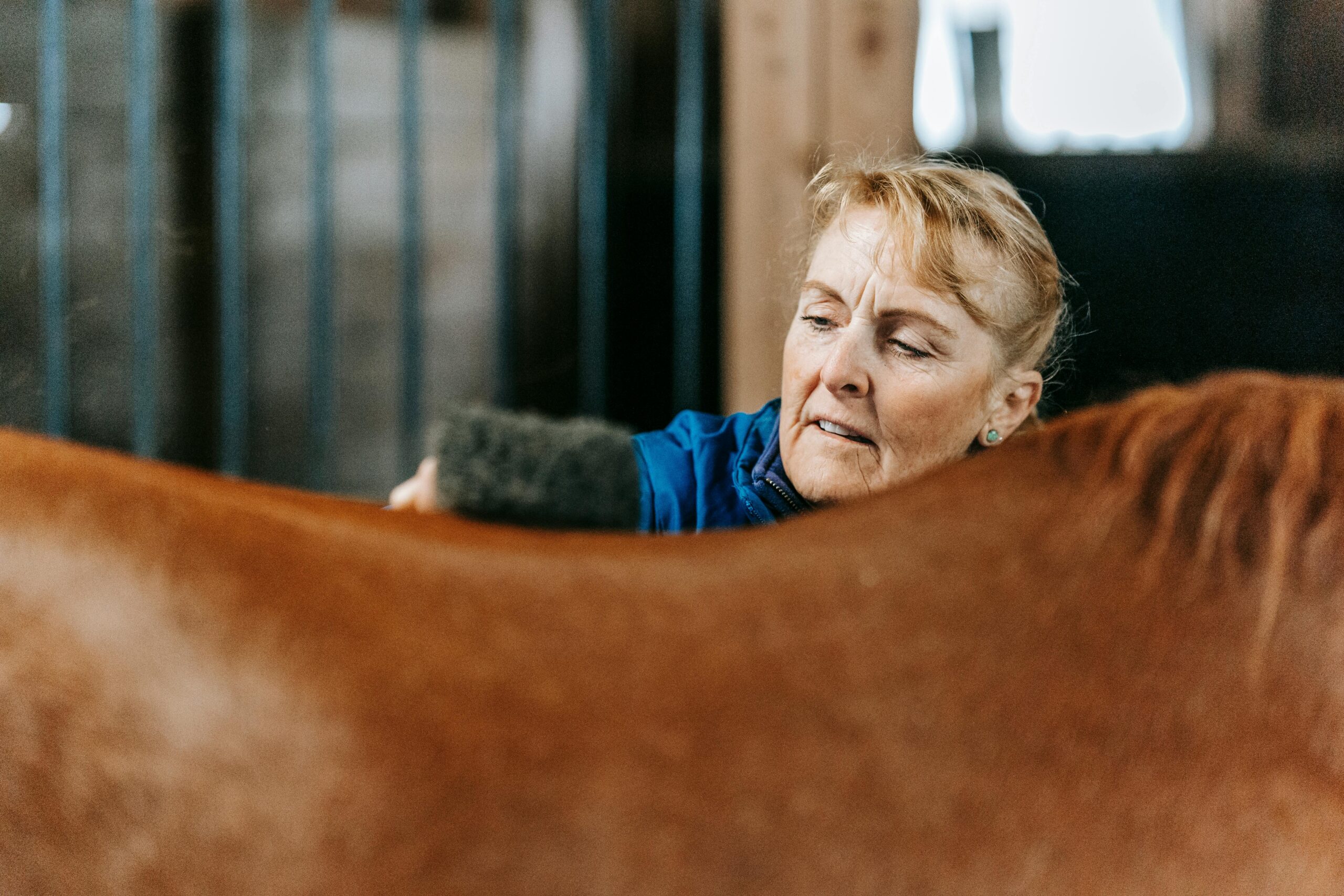This guide will cover the fundamentals of pet nutrition, explain how to choose the best food for your pet, discuss common dietary concerns, and provide tips for keeping your pet at a healthy weight.
Why Pet Nutrition Matters
Good nutrition is the foundation of your pet’s health. The food your pet eats affects everything from energy levels and digestion to coat condition and lifespan. An improper diet, whether due to poor quality food or incorrect feeding habits, can lead to a range of health problems, including obesity, digestive issues, and even chronic diseases like diabetes or arthritis.
Proper pet nutrition offers many benefits, including:
Strong immune system: Balanced nutrition helps protect pets from illnesses and infections.
Healthy skin and shiny coat: Nutrients like Omega-3 and Omega-6 fatty acids play a key role in maintaining skin and fur health.
Good digestion: High-quality food supports smooth digestion, reducing the risk of gastrointestinal issues.
Optimal weight management: Correct portion sizes and nutrient-dense food help pets maintain a healthy weight.
Increased energy and vitality: When pets eat a balanced diet, they tend to be more energetic and playful, with better overall mood and behavior.
Understanding the Nutritional Needs of Pets
Each pet has unique nutritional needs, which can vary depending on species, breed, size, age, and health status. Here’s a breakdown of the major nutrients that all pets require:
1. Proteins
Protein is essential for muscle growth, tissue repair, and maintaining a healthy immune system. It also provides the amino acids that pets cannot produce on their own. Animal-based proteins like chicken, fish, and beef are the best sources for pets because they contain all the essential amino acids.
Cats: As obligate carnivores, cats require high amounts of protein in their diet. Without sufficient protein, they can suffer from muscle loss and a weakened immune system.
Dogs: Though dogs are omnivores and can consume both animal and plant-based proteins, animal proteins are still a vital component of their diet.
2. Fats
Fats provide concentrated energy and are crucial for the absorption of fat-soluble vitamins (A, D, E, and K). They also contribute to skin health, a shiny coat, and brain function. Healthy fats, such as Omega-3 and Omega-6 fatty acids, are found in fish oils, flaxseed, and animal fat.
Too much fat can lead to obesity, while too little fat may result in dry skin, poor coat quality, and lower energy levels.
3. Carbohydrates
Carbohydrates provide energy and fiber, aiding digestion and helping regulate blood sugar levels. While not as essential as proteins and fats, they play an important role in many pet foods, particularly for dogs. Whole grains, vegetables, and legumes are common sources of healthy carbohydrates.
Cats: Since cats are carnivores, they don’t need as many carbohydrates as dogs, but small amounts of carbs can still be beneficial.
Dogs: As omnivores, dogs can digest and benefit from moderate amounts of carbohydrates for energy and digestive health.
4. Vitamins and Minerals
Vitamins and minerals are necessary for metabolic function, bone health, and immune support. Key vitamins include Vitamin A (for vision and immune health), Vitamin D (for bone health), and Vitamin E (for skin and coat health). Minerals such as calcium, phosphorus, and zinc are essential for strong bones, teeth, and muscles.
Pet foods are usually fortified with these essential vitamins and minerals, so it’s important to choose high-quality food that provides the proper balance of these nutrients.
5. Water
Often overlooked, water is a crucial component of pet nutrition. Proper hydration supports every major system in your pet’s body, including digestion, circulation, and temperature regulation. Always ensure that your pet has access to fresh, clean water throughout the day.
Choosing the Right Food for Your Pet
Selecting the right food can be daunting, given the wide variety of pet foods available on the market. Here’s what to consider when choosing the best option for your pet:
1. Commercial Pet Food vs. Homemade Diets
Most pet owners choose commercial pet food, but there is a growing interest in homemade diets. Both have their benefits:
Commercial Pet Food: High-quality commercial pet food is balanced and complete, meaning it contains all the essential nutrients in the right proportions. There are options like dry kibble, wet food, or freeze-dried/raw foods available for both cats and dogs. Look for reputable brands that follow AAFCO (Association of American Feed Control Officials) guidelines, which ensure the food meets nutritional standards.
Homemade Diets: Preparing food at home allows you to control the ingredients, which can be beneficial for pets with allergies or specific dietary needs. However, it’s challenging to ensure that a homemade diet provides all the essential nutrients your pet needs, so it’s important to work with a veterinarian or pet nutritionist to create a balanced meal plan.
2. Dry Food vs. Wet Food
Both dry and wet foods have their advantages, and many pet owners choose to feed a combination of both.
Dry Food (Kibble): Dry food is convenient and helps maintain dental health by reducing plaque and tartar buildup. It’s also easier to store and has a longer shelf life.
Wet Food (Canned): Wet food contains higher moisture content, which is great for pets that may not drink enough water on their own. It’s also more palatable, making it a good choice for picky eaters or pets with dental issues.
3. Age-Appropriate Food
Pets have different nutritional needs depending on their life stage:
Puppies and Kittens: Growing animals need higher protein, fat, and calorie content to support rapid growth and development. Choose food labeled specifically for puppies or kittens to ensure they’re getting the right nutrients.
Adult Pets: Adult dogs and cats require a balanced diet that maintains their weight and energy levels without providing excessive calories. Look for “maintenance” formulas that offer a balance of protein, fat, and carbohydrates suitable for adult pets.
Senior Pets: Older pets often need fewer calories and may benefit from food with added joint supplements like glucosamine and chondroitin. Senior formulas are designed to maintain lean muscle mass and provide extra nutrients that help support aging bodies.
4. Special Diets
Pets with specific health issues may require special diets. Some examples include:
Weight Control: Pets struggling with obesity may benefit from lower-calorie, high-fiber foods designed to help them shed extra pounds while still feeling full.
Allergies or Sensitivities: Pets with food allergies or intolerances may need limited-ingredient diets or hypoallergenic foods that avoid common allergens like beef, chicken, or grains.
Prescription Diets: Some pets with chronic conditions like kidney disease, diabetes, or gastrointestinal disorders require prescription diets, which are formulated to address their specific health needs.
Portion Control and Feeding Guidelines
One of the most common mistakes pet owners make is overfeeding. Obesity is a serious health issue for pets and can lead to a variety of problems, including joint pain, heart disease, and diabetes.
To ensure your pet is eating the right amount, follow these guidelines:
Read the Feeding Instructions: Commercial pet food usually includes portion recommendations based on your pet’s weight and age. However, these are just guidelines, so you may need to adjust based on your pet’s activity level and metabolism.
Use a Measuring Cup: Accurately measure your pet’s food to avoid overfeeding. Free-feeding (leaving food out all day) can lead to overeating, so it’s better to provide measured portions at set meal times.
Monitor Weight and Body Condition: Regularly check your pet’s weight and body condition. You should be able to feel your pet’s ribs without pressing too hard but not see them. If your pet starts to gain or lose weight, adjust their portion sizes accordingly.
Common Pet Nutrition Mistakes to Avoid
Feeding Human Food: While it’s tempting to share food with your pet, many human foods can be harmful or toxic to animals. Foods like chocolate, onions, grapes, and certain artificial sweeteners are dangerous for pets.
Ignoring Special Dietary Needs: If your pet has allergies, sensitivities, or medical conditions, it’s important to follow a diet prescribed by your vet. Feeding the wrong food can worsen health issues.
Skipping Veterinary Advice: Always consult your vet before making major changes to your pet’s diet, especially if you’re considering switching to a homemade diet or raw food.
Conclusion
Pet nutrition is key to ensuring your furry friend lives a long, healthy, and happy life. A balanced diet that provides the right mix of proteins, fats, carbohydrates, vitamins, and minerals is essential for maintaining your pet’s health and vitality. Whether you choose commercial pet food or decide to prepare meals at home, the most important thing is to meet your pet’s individual nutritional needs.
By understanding proper portion control, choosing high-quality food, and addressing specific dietary concerns, you can help your pet thrive and enjoy their life to the fullest. Always consult with your veterinarian if you have questions about your pet’s nutrition, and make adjustments as necessary to keep them in their best shape possible.


